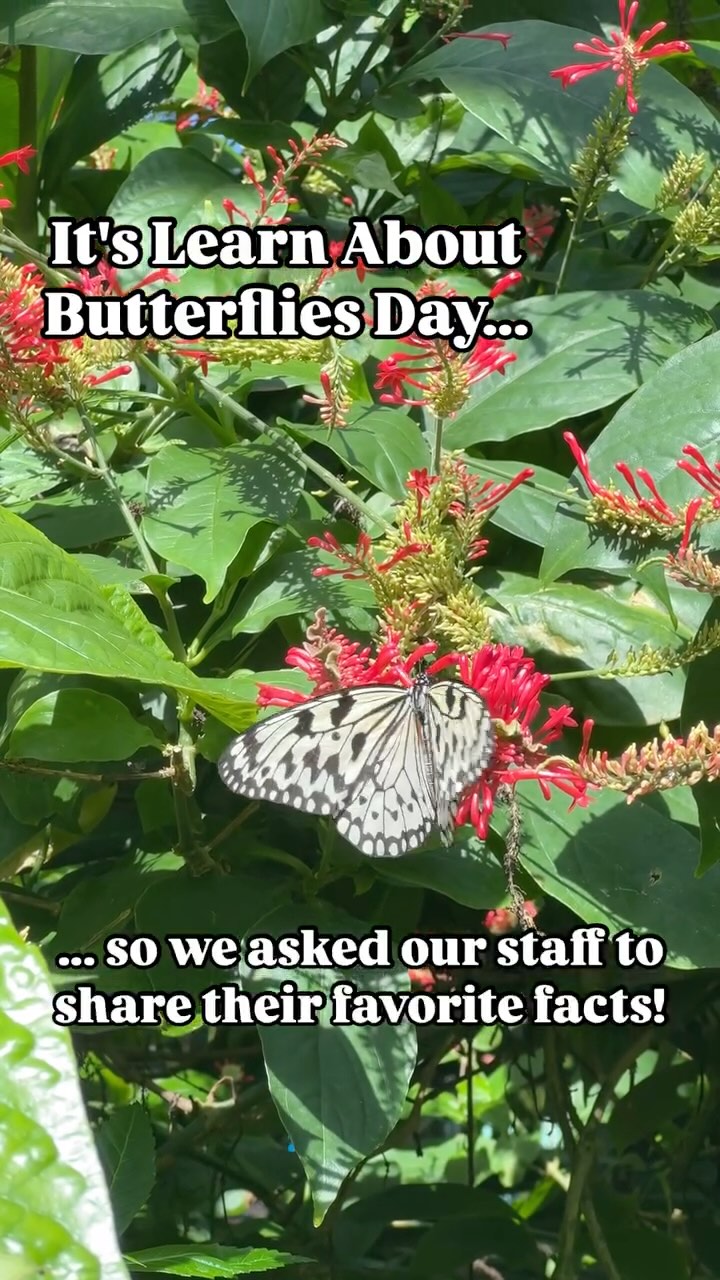- Understanding the lifespan and lifecycle of butterflies and moths.
- Exploring the ecological roles of butterflies and moths, including their inadvertent pollination.
- Conservation challenges facing butterfly and moth populations.
- The importance of butterfly and moth habitats and the impact of human activities.
- Engaging in citizen science and conservation efforts to support butterflies and moths.
Butterflies and moths, the vibrant dancers of ecosystems, fascinate both scientists and nature enthusiasts. They belong to the Lepidoptera order, characterized by their scaled wings. These insects play crucial roles in biodiversity and reflect the health of our environment.
The lifecycle of butterflies and moths consists of four stages: egg, larva (caterpillar), pupa, and adult. This complete metamorphosis is an evolutionary adaptation that helps them avoid predators like birds and other insects by adopting varied feeding habits and appearances. The larval phase is primarily focused on growth, feeding voraciously on host plants. Once they transform into pupae, butterflies and moths undergo remarkable internal changes. Adult butterflies emerge as creatures of grace and color, designed to find mates and disperse to ensure species survival.
Ecologically, butterflies and moths contribute more than aesthetic value. While they flit from one flower to another sipping nectar, pollen grains often adhere to their bodies. This incidental transfer of pollen fertilizes plants, facilitating their reproduction. Hence, even though butterflies and other nectar-feeders don’t pollinate intentionally, they help maintain plant diversity and ecosystems’ balance. This role, although secondary to bees, is invaluable for maintaining robust ecosystems.
Butterfly and moth populations face significant conservation challenges. Habitat destruction, climate change, and pesticide use have already shown detrimental effects. The decline of butterflies and moths signals broader environmental issues. For instance, the alarming decrease in monarch butterfly populations is primarily due to the loss of breeding habitats and climate-induced weather changes affecting migration. Additionally, light pollution impacts moth populations, affecting their navigation and mating behaviors. These issues highlight an urgent need for holistic conservation approaches to protect these insects and their habitats.
The conservation of butterfly and moth habitats requires preserving natural vegetation and creating corridors for migration and dispersal. Industrial agriculture and urban expansion have led to habitat fragmentation, which limits access to essential resources like nectar and host plants. To counter this, individuals and communities can plant butterfly-friendly gardens with native plants in residential areas. Such gardens offer food and breeding grounds, supporting butterfly populations within urban landscapes.
Citizen science initiatives play a critical role in butterfly and moth conservation. Platforms like eButterfly and the North American Butterfly Monitoring Network harness the power of community science, allowing individuals to contribute valuable data on species distribution and abundance. By observing and reporting sightings, participants aid researchers in tracking trends and assessing conservation needs. These efforts are vital in developing effective strategies to protect and restore habitats and populations.
Learn About Butterflies (AND MOTHS) Day serves as a reminder of the importance of these species. Engaging in conservation activities, supporting habitat protection, and contributing to citizen science projects are ways we can all support biodiversity. Educating ourselves and others about butterflies and moths fosters appreciation for their role in our ecosystems and highlights the need to preserve them.
In sum, butterflies and moths are integral to ecological balance. Understanding their lifecycle and ecological roles provides insights into their place in nature. Addressing conservation challenges and participating in preservation efforts can secure their future. By celebrating butterflies and moths, we recognize the broader implications of biodiversity and environmental health, taking steps to maintain the delicate web of life.
*****
Source Description
Learn About Butterflies (AND MOTHS) Day?! If you insist! 🦋
Here’s another fact before you go. Museum horticulturist Bobbi Jo said her favorite is that butterflies and other nectar-feeders don’t actually pollinate on purpose — it’s just the result of pollen getting stuck to them and being moved as they go about their daily feeding schedule.


